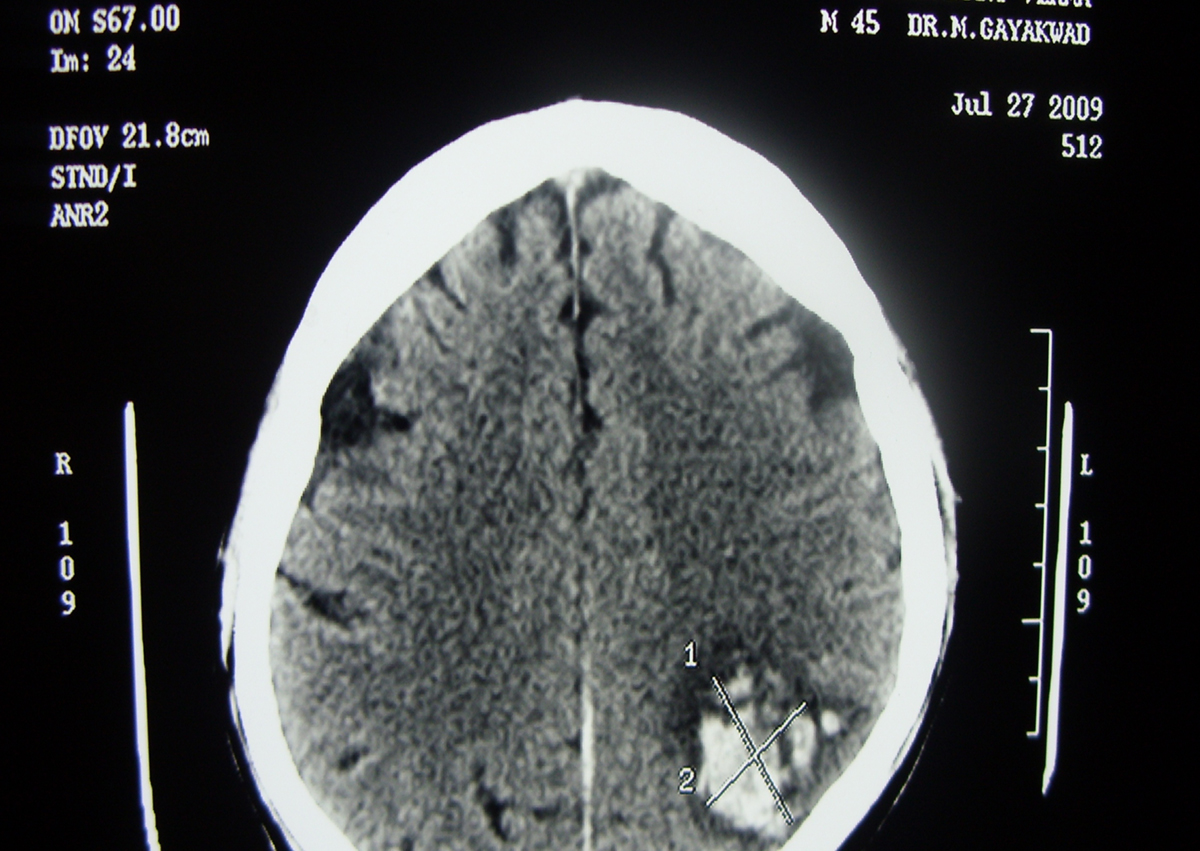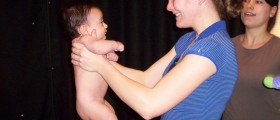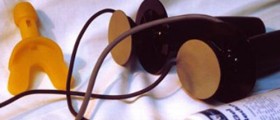
Hemiparesis is a Latin word and it means weakness on one side. Hemiparesis is not a condition per se. It represents a sign or consequence of certain illnesses such as stroke, brain tumors etc. Hemiparetic patients experience weakness of muscles and problems with coordination on one side of the body, while the other side remains completely movable and performs duties as it used to do prior the onset of the disease.
Patients may end up with hemiparesis due to many different medical conditions. Apart from stroke and brain tumors (which have already been mentioned) this health issue also affects people who have suffered a severe head injury, those suffering from multiple sclerosis, people with lesions in the spinal cord etc.
After physical examination and confirming the presence of hemiparesis, doctors try to solve the mystery and identify the underlying cause of this health issue. It is essential to treat both, the underlying cause of hemiparesis, and the neurological sign. There are different approaches when it comes to treatment of hemiparesis.
Hemiparesis: Treatment and Rehabilitation
Treatment i.e. rehabilitation is crucial for all individuals suffering from hemiparesis. The goal is to restore all the movements that have been lost due to damage of specific parts of the brain or spinal cord. In order for the results to occur one is due to cooperate with several different specialists including psychiatrists, physical therapists and occupational therapists.
Psychiatrists are necessary for support and they help patients face the condition they are suffering from. Physical therapists are engaged in the very process of physical rehabilitation. They create programs which improve endurance, strength and increase range of motion. Problems with balance and coordination are also improved with physical therapy. Occupational therapists play important role in teaching patients how to perform every day activities and how to change the environment in order to meet their needs.
Additional Treatments for Hemiparesis
Electrical simulation includes placement of small electrical pads into the weakened muscles. These are stimulated by applying a small electrical charge. The overall effect is strengthening of the weak muscles.
Cortical stimulation may improve one's arm or hand movement. The therapy consists of distribution of a tiny electrical current to the patient's brain at the same time while he/she participates in rehabilitation exercises.
Injections of Botox and the use of Baclofen are reserved for patients who additionally suffer from spasticity. Two more treatment options for hemiparesis are motor imagery and modified constraint-induced therapy (mCIT).
Finally, weakness may linger or become persistent and such patients generally require assistive devices like walkers, braces or even wheelchairs.

















Your thoughts on this
Loading...